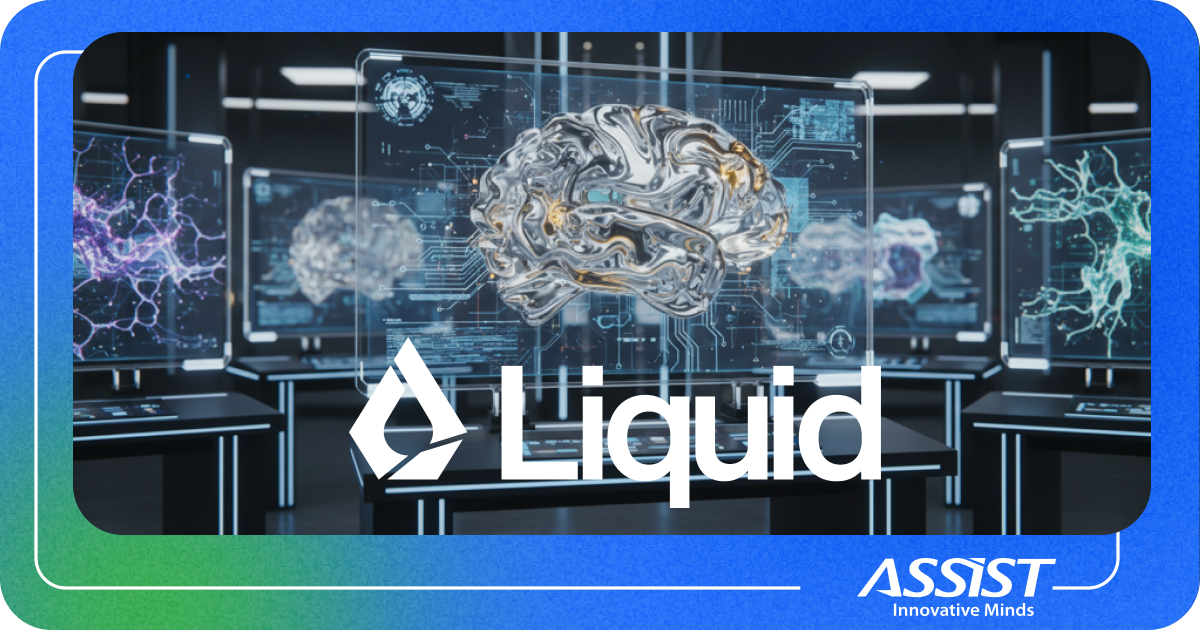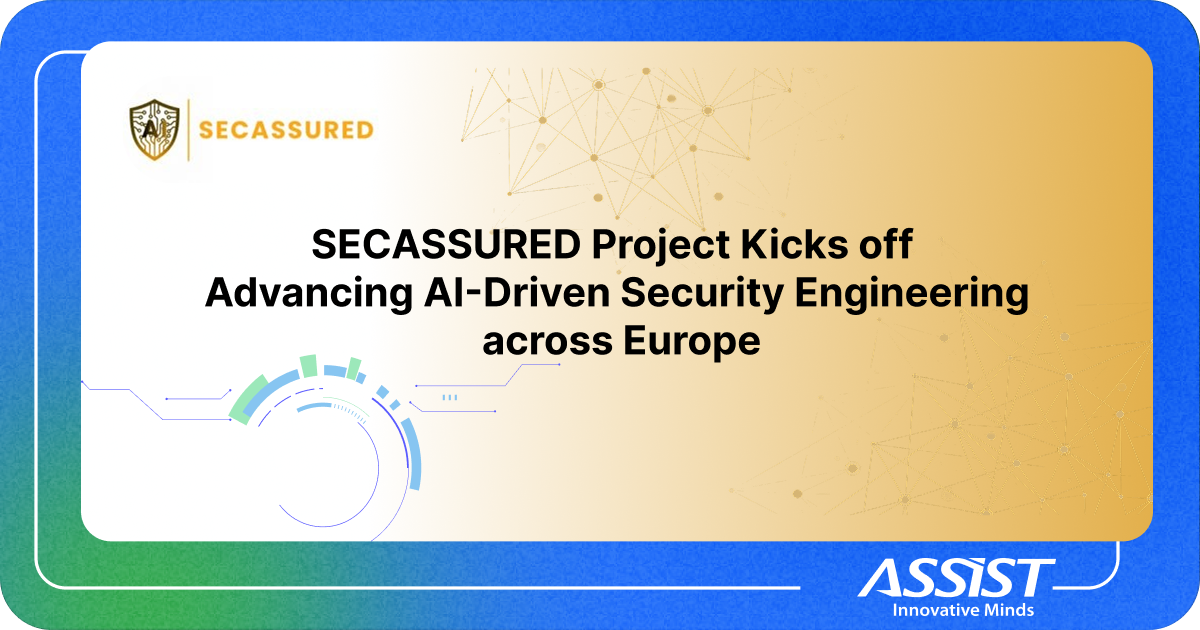How Romanian AI is Influencing The European Accessibility Act
What is the European Accessibility Act (EAA)?
Key AI Innovations Driving Digital Accessibility
ASSIST Software and Stefan cel Mare University: Leading AI-Driven Accessibility with National Research Funding
Kick-Off Meeting: Building Innovation Together
Ethical AI and Secure Accessibility
Shaping the Future of Inclusive Technology
Why AI-Driven Accessibility is a Competitive Advantage
Let's Discuss: Accessibility as an AI-Driven Opportunity
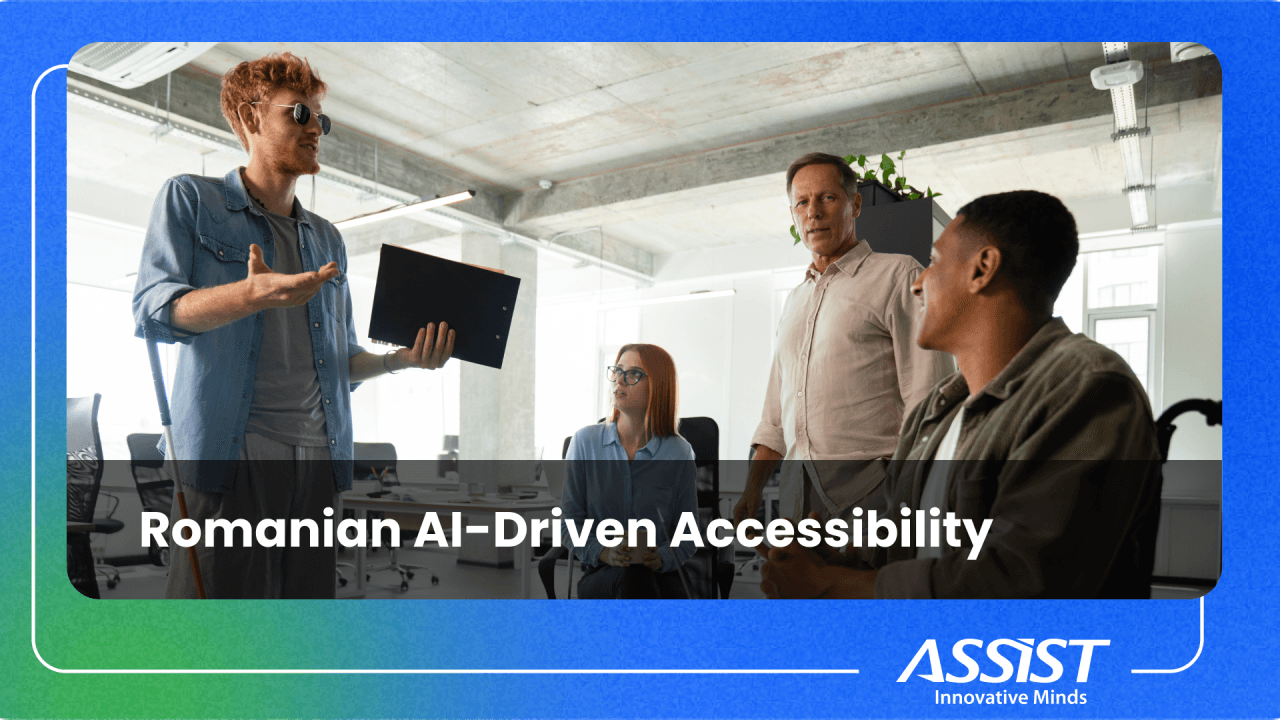
June 2025 is the date of the next digital revolution, and the clock is ticking. In just over a year, the European Accessibility Act (EAA) will change the digital landscape forever. If your business operates in e-commerce, banking, software, transport, or telecom, accessibility compliance will be the law.
But let’s be honest. Most businesses aren’t ready.
What is the European Accessibility Act (EAA)?
For millions of people with disabilities, navigating the digital world remains a challenge. Websites, mobile applications, and software platforms often fail to provide accessible user experiences, excluding many from essential services, education, and employment opportunities.

Recognizing this gap, the European Accessibility Act (EAA) is set to reshape digital accessibility standards across the EU. This legislation requires businesses to implement digital products that accommodate users with motor, visual, auditory, and cognitive impairments.
The EAA represents a fundamental shift in how companies approach technology and user experience. The challenge, however, lies in implementation. Traditional accessibility fixes often rely on static solutions that fail to adapt to users' diverse needs.
However, with advancements in machine learning for accessibility, text-to-speech AI, and gesture recognition technology, AI is paving the way for personalized user experiences that transform compliance into a competitive advantage.
A(I)BILITIES is leading this innovation, a nationally funded research initiative by ASSIST Software and the Stefan cel Mare University of Suceava. By combining human-computer interaction research with AI-driven accessibility, the project is redefining how technology serves users of all abilities.
Continue reading:
European accessibility act - European Commission
A(I)BILITIES | ASSIST Software Romania
Key AI Innovations Driving Digital Accessibility
AI is transforming accessibility, making digital experiences more intuitive and adaptive.
🔹 Text-to-Speech AI helps users with visual impairments or reading difficulties by converting text into dynamic, natural-sounding speech. Unlike basic screen readers, AI adjusts tone, speed, and emphasis for a smoother experience.
🔹 Gesture Recognition Technology allows users with motor impairments to control apps with hand movements or facial expressions, eliminating the need for keyboards or touchscreens.
🔹 Machine Learning for Accessibility personalizes user experiences by analyzing behavior—detecting frequent text resizing, contrast adjustments, or voice command usage—and automatically optimizing settings.
These human-centric AI innovations align with the European Accessibility Act, ensuring compliance while creating more inclusive digital experiences.
See more about AI / ML development:
How AI Agents Will Shape 2025 | ASSIST Software
When Your Operations Have a Mirror. The Power of Digital Twins and AI | ASSIST Software
The Industries Leading AI-Driven Cybersecurity in 2025 | ASSIST Software
ASSIST Software and Stefan cel Mare University: Leading AI-Driven Accessibility with National Research Funding
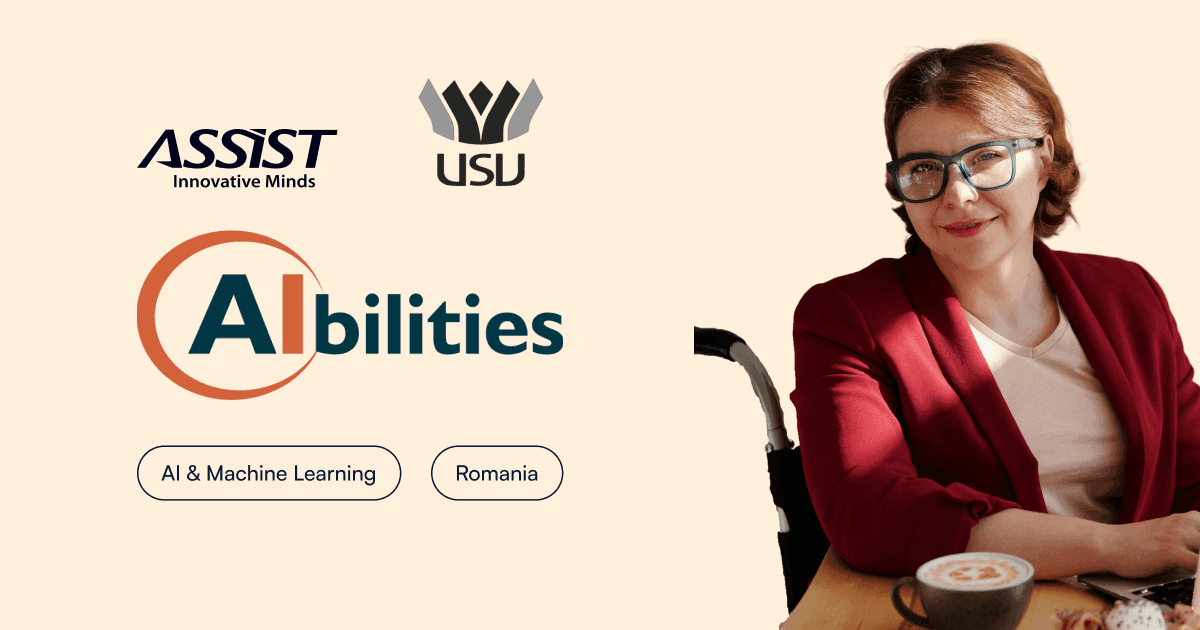
ASSIST Software and the Stefan cel Mare University of Suceava are working together on A(I)BILITIES, a nationally funded project focused on AI-powered accessibility solutions. Supported by Romania's PN-IV research program, the project helps businesses comply with the European Accessibility Act (EAA) while enhancing user usability and engagement.
Kick-Off Meeting: Building Innovation Together
The A(I) ABILITIES kick-off meeting at ASSIST Software's headquarters brought together AI experts from ASSIST Software and Stefan cel Mare University's MintViz Lab. Their joint expertise in human-computer interaction ensures that scientific research translates into real-world solutions for individuals with motor and sensory impairments.
Ethical AI and Secure Accessibility
A(I)BILITIES prioritizes ethical AI development and privacy-preserving AI, ensuring that AI models adapt to users' needs without compromising data security. This is critical for industries like finance, healthcare, and public services, where data protection and compliance are essential.
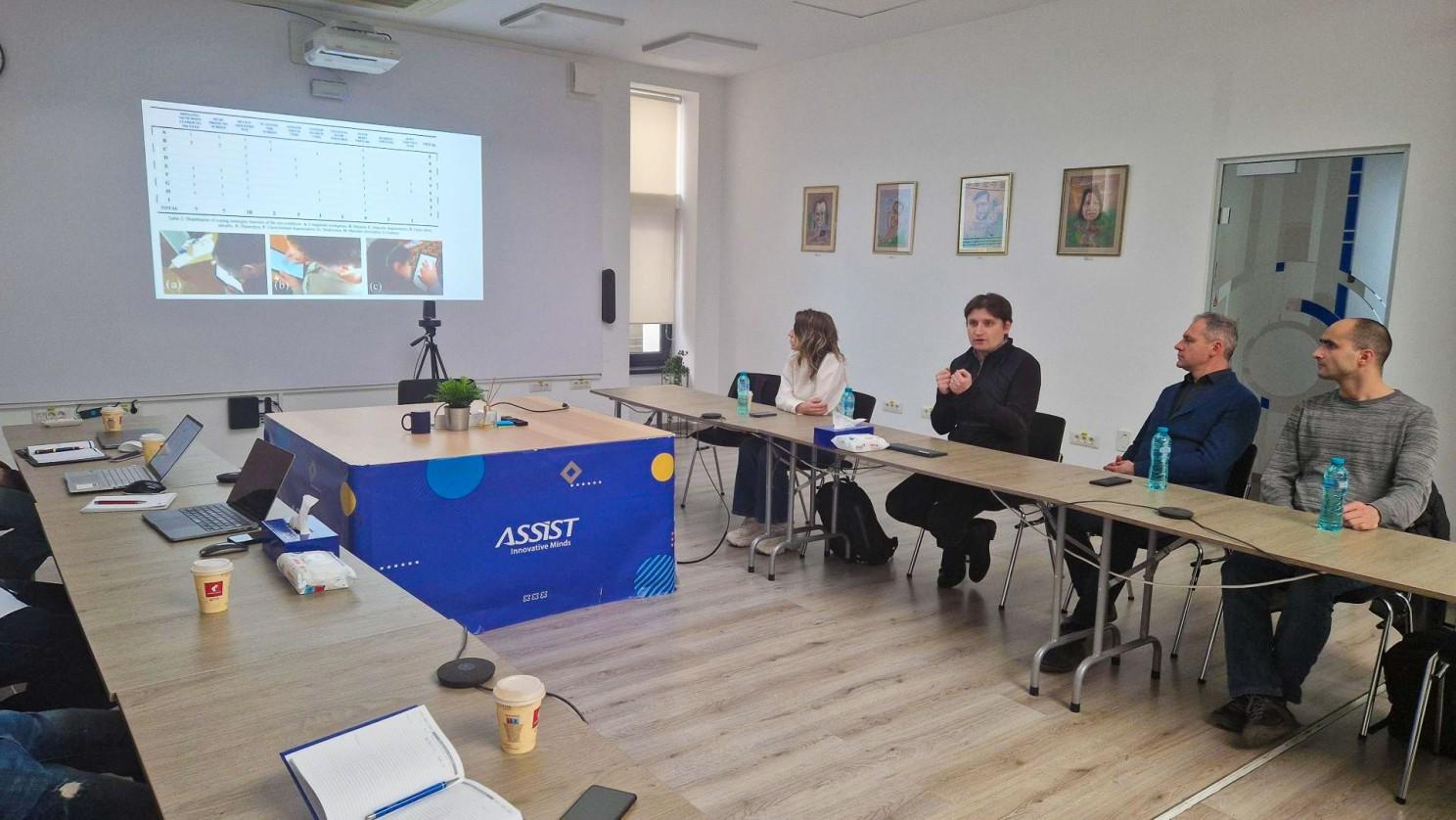
Shaping the Future of Inclusive Technology
By integrating human-centric AI, machine learning-driven personalization, and AI-powered accessibility, ASSIST Software and Stefan cel Mare University are setting new standards and making accessibility a more adaptive experience for all.
See more ASSIST Software projects:
Why AI-Driven Accessibility is a Competitive Advantage
While compliance with the European Accessibility Act is mandatory, the businesses that embrace AI-powered accessibility early stand to gain the most. Companies that invest in inclusive technology are not just avoiding legal penalties but tapping into a vast, underserved market.
Globally, over 1.3 billion people have some form of disability, representing 16% of the population. That's a massive consumer base that businesses can better serve through AI-enhanced accessibility solutions.
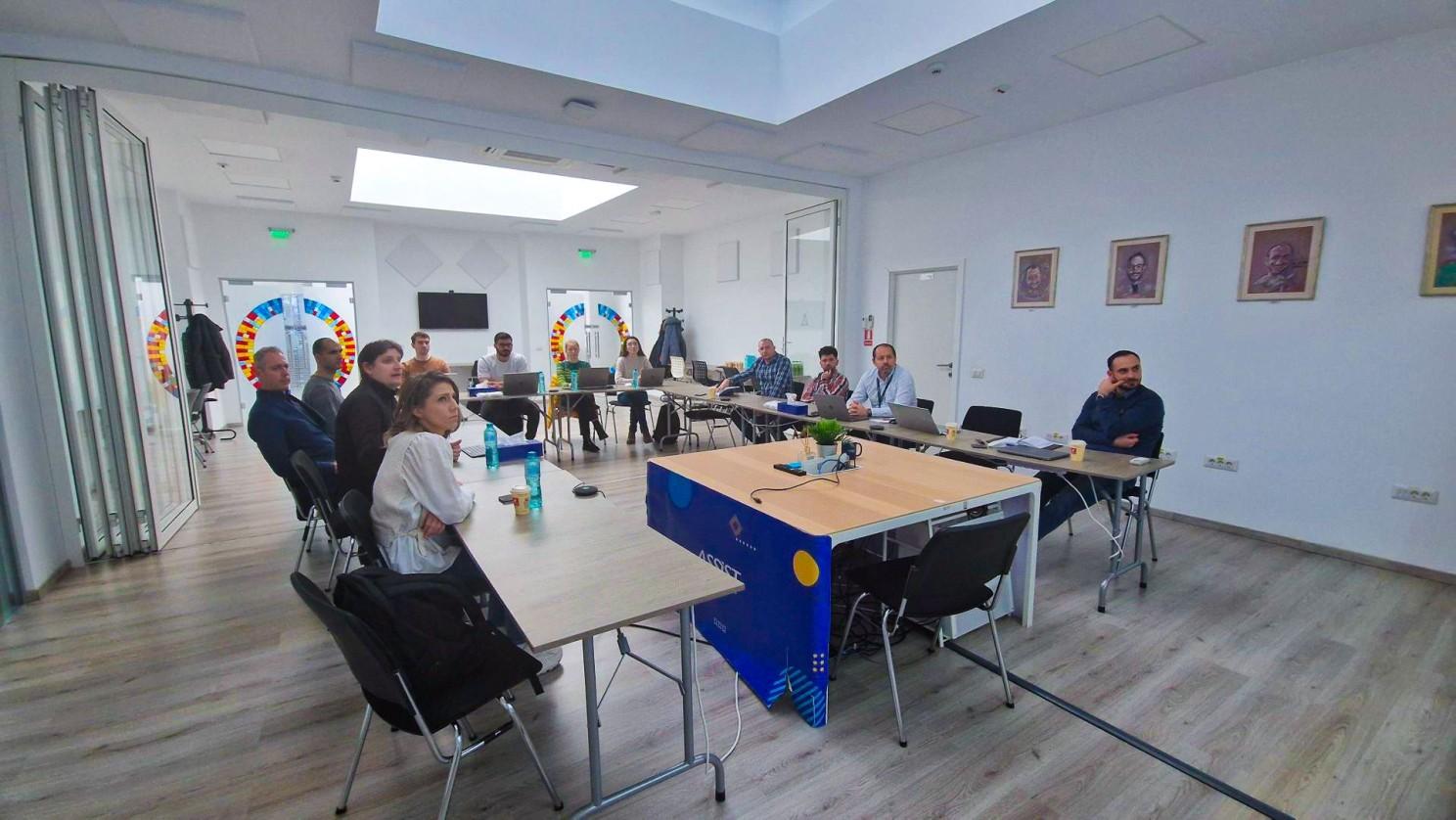
Additionally, AI-driven accessibility aligns with broader sustainable AI development efforts. By creating scalable, automated solutions, companies can reduce long-term costs associated with accessibility maintenance and updates.
For organizations looking to future-proof their digital products, leveraging Horizon Europe funding for accessibility initiatives presents another significant opportunity. The European Commission actively supports AI-powered accessibility innovations, providing businesses with resources to develop, test, and implement AI-driven solutions at scale.
Contact us for more information on your future success: Contact Us - Software Project Estimation - ASSIST Software.
Let's Discuss: Accessibility as an AI-Driven Opportunity
The question is no longer whether businesses should invest in accessibility. The question is who will win and who will fail in aligning their business with the future of technology?
